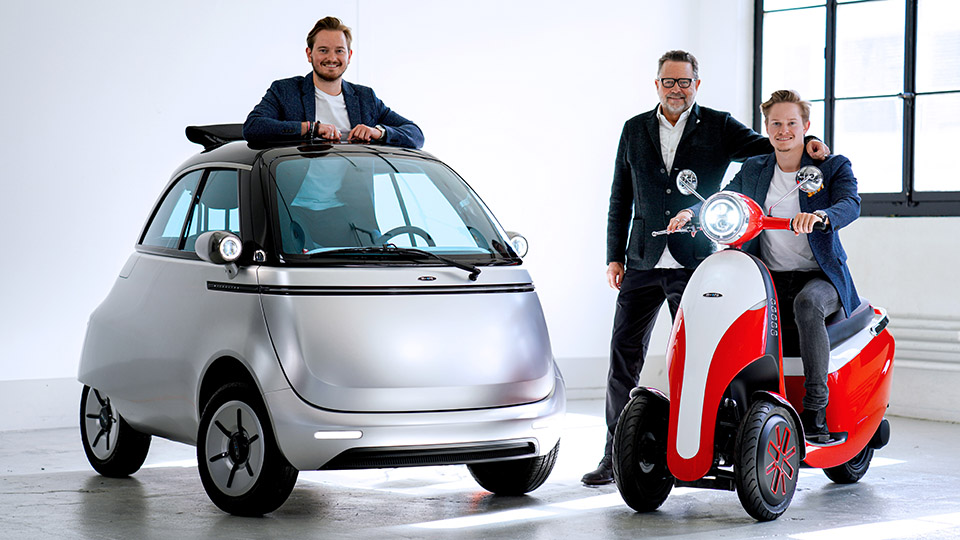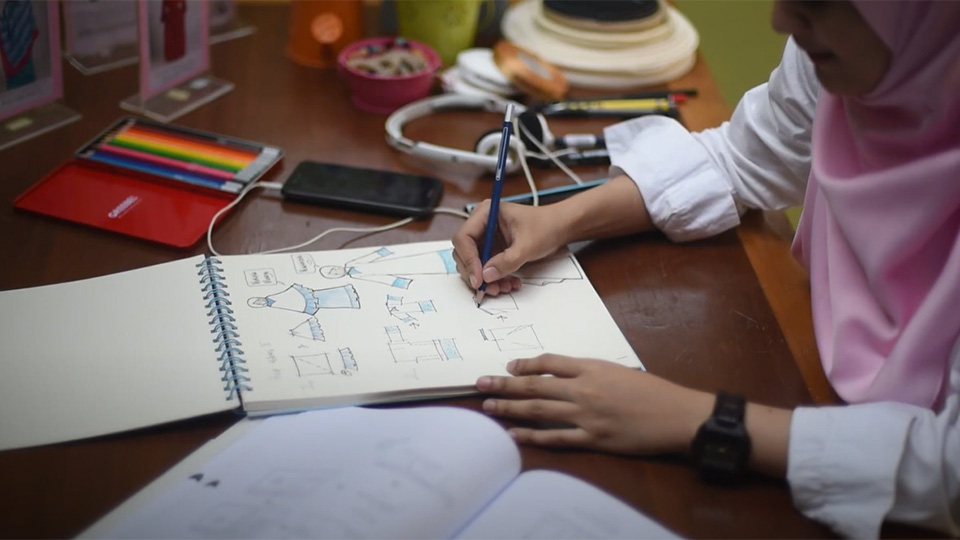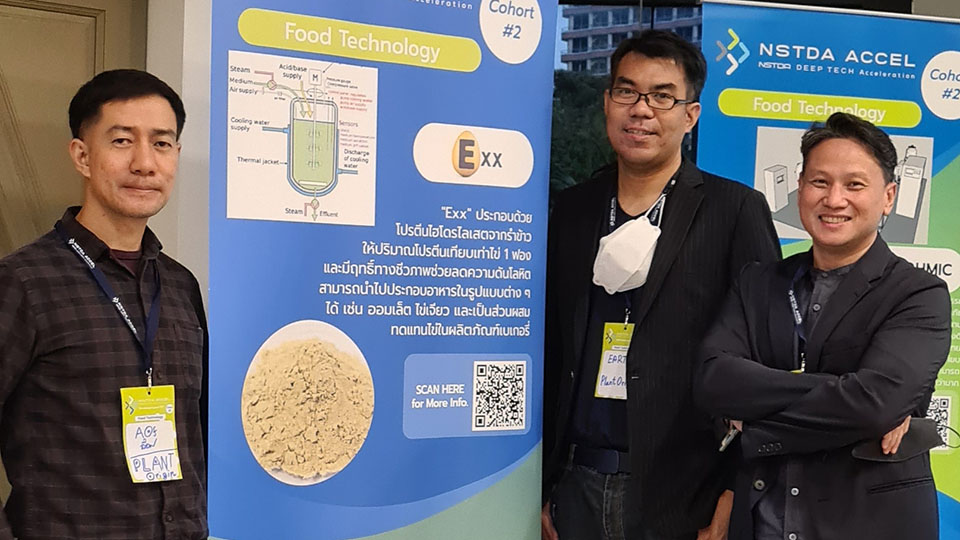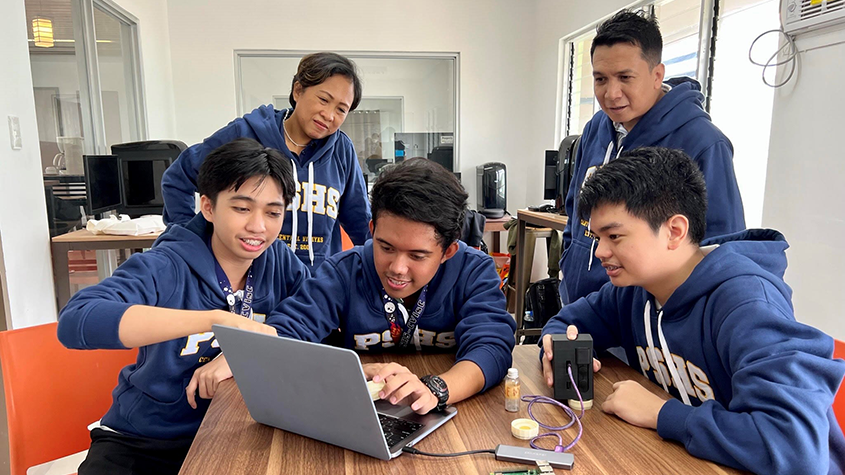Far-reaching IP strategy underpins domestic robotics company
The world can be a lonely place – and it is getting lonelier. Global rates of social isolation have been creeping up since the mid-twentieth century, to the point where more than a third of adults in some societies now report occasional or frequent loneliness in their lives. This worrying trend was accelerated during the COVID-19 pandemic, when lockdowns and social distancing prevented friends and families from meeting face-to-face. By 2021, 40 percent of people globally considered themselves lonelier than before the pandemic hit.
Loneliness is not just sad for those who suffer from it. Medical professionals increasingly regard it as a significant public health concern, citing evidence that social isolation can lead to depression, anxiety, physical conditions and even early death. Now, a Japanese startup is hoping to provide a high-tech solution to this age-old problem.
LOVOT – The Emotional Robot
Enriching lives with therapy robotics
GROOVE X Co., Ltd. was established in 2015 with the mission to “bring out the power of humans through robotics.” Based in Japan – where two fifths of the population are considered lonely, and where the government has recently appointed a minister for loneliness – GROOVE X develops, manufactures and sells the LOVOT, an emotional robot that invokes feelings of love and companionship.
To create a socially assistive robot that can serve as an object of affection for humans, GROOVE X’s designers and engineers had to overcome the stereotype of robots as something mechanical and cold. The LOVOT, in contrast, has a warmth, expressiveness and undeniable cuteness that appeals instinctively to people. Its soft edges and fabrics add to its un-robotic appearance.
After four years of development, GROOVE X began selling LOVOTs in December 2019. Since then, demand and sales have risen for this therapy robot due partly to the increased time spent at home since the COVID-19 pandemic. The company’s aim is not merely to make money, however, but to “enrich people’s lives by making domestic robots that people want to spend time with.”
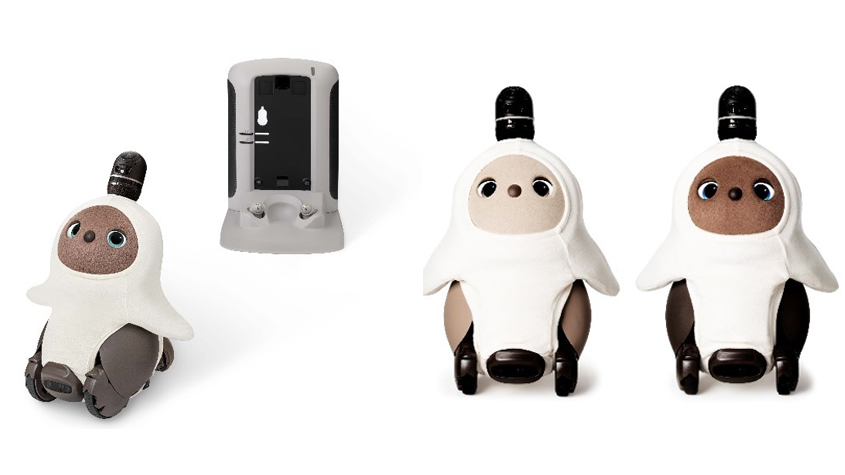
Brainstorming Ideas to Encourage Robotic Innovations
GROOVE X’s unique LOVOT robot is underpinned by a robust intellectual property (IP) strategy. The company’s founder, Kaname Hayashi, understands the power and potential of IP. To encourage creativity and innovation within the company, he encourages employees to join weekly gatherings where they can share information and ideas under development. This meeting of minds inspires new ideas for inventions. GROOVE X also has a dedicated IP department to transform these ideas into protected IP. This not only strengthens the startup’s IP portfolio, but allows developers to concentrate on their core research and development as much as possible.
Streamlining Patent Applications with the PCT System
Patents are at the heart of the company’s IP portfolio. GROOVE X initially filed more patents in Japan than internationally as it sought to develop its business at home. As a startup that has always had an eye on overseas expansion, however, GROOVE X has increasingly taken advantage of the Patent Cooperation Treaty (PCT). The PCT allows an invention to be protected in several countries simultaneously via a single international patent application.
In addition, GROOVE X found that the PCT’s search report provides a useful early perspective on the patentability of an invention, and that the long transition period to each country allows sufficient time to consider which countries to apply for. The company also discovered that it was easier to obtain time extensions via the PCT compared to the Paris Convention – useful for a new business, when product development and strategic direction are liable to change. By 2018, GROOVE X’s PCT applications had overtaken domestic ones.
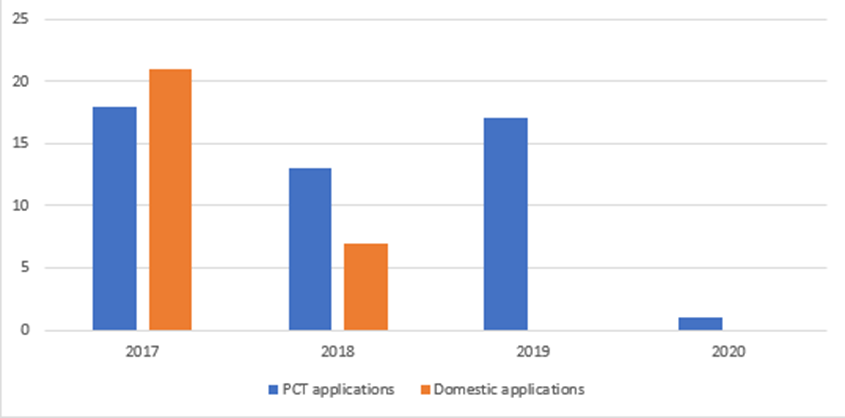
As a Japanese company, GROOVE X has also been able to take advantage of the Japanese Patent Office’s fee reductions for small and medium-sized enterprises. Introduced in 2019, this exemption system halves the cost of international applications via the PCT as well as domestic patent fees for manufacturers with fewer than 300 staff.
Assessing the Patentability of GROOVE X’s Inventions
Important factors to consider when applying for a patent are whether it will be easy to file an application, acquire the right and exercise the right. This will vary depending on the invention. For example, if the invention is a structural product, it is generally easy to prove infringement – GROOVE X would merely have to purchase the infringing product and compare it to its own.
For internal software, however, it can be difficult to prove the infringement. As a result, even if it is possible to obtain a patent for a particular invention, the company may choose not to file an application if they know it will be difficult to prove infringement.
Over time, founder Kaname Hayashi and GROOVE X’s IP department have distilled these considerations into a set of questions to decide whether or not to apply for protection for a particular invention:
- Is the invention directly linked to the attractiveness of the product?
- Is the invention patentable (as determined by information such as search reports)?
- Is it possible to exercise the rights?
- Is the invention implemented in the product or is there a plan to implement it?
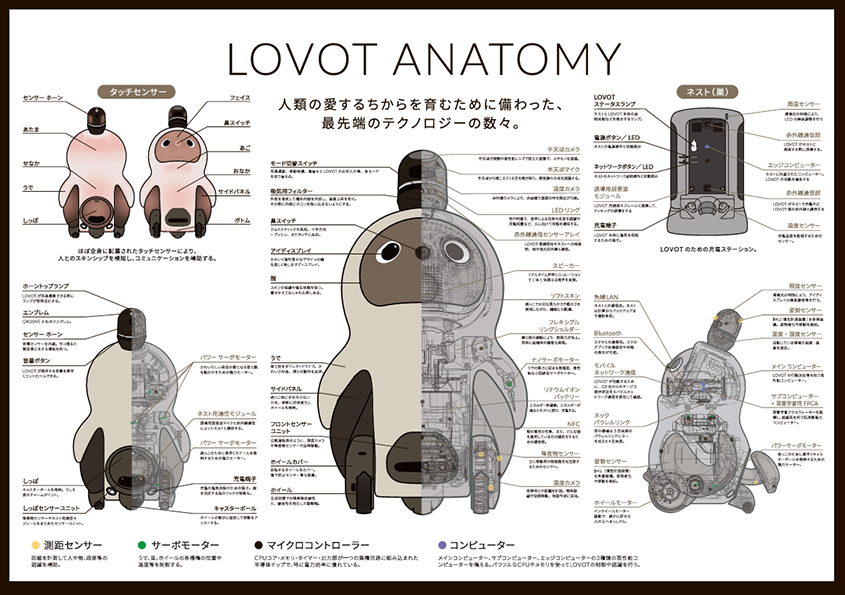
GROOVE X’s Strategy for Choosing Where to Patent an Invention
Choosing the countries in which to apply for patents also requires careful consideration. Since GROOVE X’s products have high added value, the company evaluates not only a country’s proximity to Japan, but the size of the potential overseas market, the demographics of its purchasing group and cultural or language factors that may influence sales. This process has led to many applications in both the United States and China – two countries that stand as promising markets for GROOVE X’s overseas expansion. Only one overseas patent, in the United States, was not filed using the PCT.
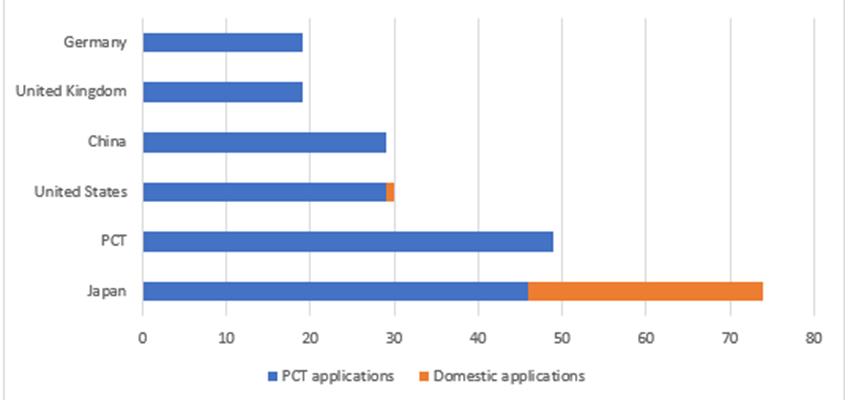
Another important consideration when protecting IP overseas is where counterfeit products are likely to circulate. GROOVE X has a strategy to prepare for counterfeit products by filing particularly large numbers of applications in countries where fake goods are common, such as China. However, the company must balance this proactive approach with financial prudence: protecting IP in lots of countries increases costs, and it would be a waste of time and money to apply to countries where there are no plans to expand overseas and where rights would not be used.
Protecting GROOVE X’s IP with Designs, Trademarks and Copyrights
GROOVE X’s considerable IP portfolio includes not only patents but also designs, trademarks and copyrights. A combination of designs and trademarks protects the LOVOT’s distinctive and emotive appearance as well as a range of logos and names associated with them. The company’s design and trademark applications cover a wider geographic scope than its patent applications. This is partly because GROOVE X protects its designs and trademarks in regions neighboring those where it has applied for patents, such as Taiwan and Hong Kong, to deter imitation products. And it is partly because the company has applied for designs via the European Community to protect its rights throughout Europe.
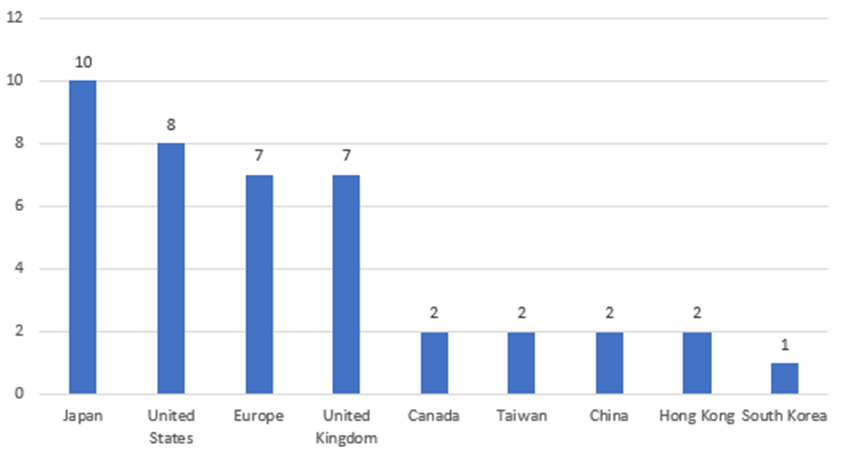
Combining Design and Trademark Applications
GROOVE X is also considering a mixed strategy of combining design and trademark applications for strengthening overall IP protection. This is because a design application has a finite period of right and cannot be protected once the right expires, whereas trademarks allow permanent protection of rights if renewed. One possible approach would therefore be to first acquire rights for a product’s design through a design application, and then, after the product has distinguished itself from others, protect it with a three-dimensional trademark.

|
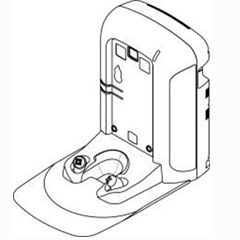
|
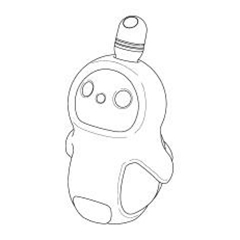
|
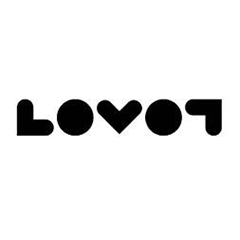
|
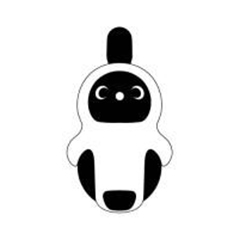
|
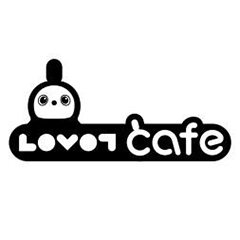
|
Examples of design and trademark applications by GROOVE X.
Product Licensing Strategy
In addition to protecting its own IP, GROOVE X also licenses some of its products. For services that cannot be implemented in-house, for instance, it will license these to other companies that will then implement and develop them. To maintain its brand image and reputation for well-made products, GROOVE X checks the quality of all services licensed to other companies. GROOVE X has also obtained licenses for software from other companies to avoid reinventing the wheel.
Together with its patents, designs and trademarks, GROOVE X’s licensing strategy rounds out a broad and carefully curated IP portfolio. As the startup looks to build its reputation as a leading name in domestic robotics, it will be sure to keep innovation and IP protection at the heart of its business strategy.
